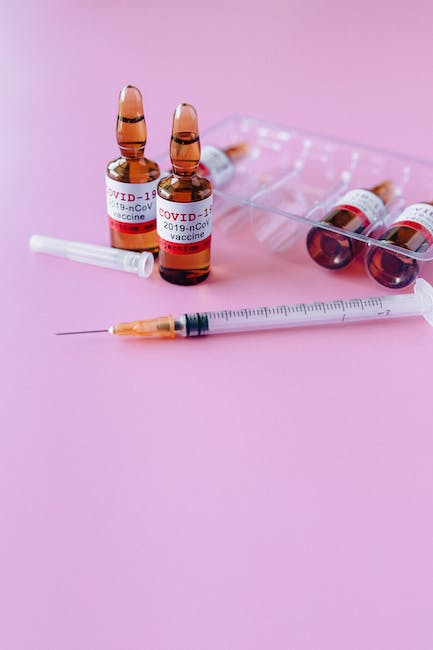
What is the Medical Term for Tennis Elbow
You may be familiar with the term ‘tennis elbow,’ but do you know the medical term for this condition is ‘lateral epicondylitis’? It is a common injury among people who get tennis elbow from repetitive forearm movements. This condition is not limited to those who play tennis but extends to other active individuals as well.
The term ‘lateral epicondylitis’ is a combination of ‘lateral,’ refering to the outer part of the elbow where the discomfort exists, and ‘epicondylitis’ which refers to inflammation of the bony bump in your elbow joint. Tennis elbow affects the area where the muscles and tendons of the forearm connect to this outer part or bony bump of the elbow.
Exploring Tennis Elbow Lateral Epicondylitis
The symptoms of tennis elbow primarily include pain and tenderness in the outer part of your elbow. This pain may extend to the forearm and wrist, causing discomfort when performing actions such as lifting or holding objects. Tennis elbow lateral epicondylitis gets worse over time without appropriate treatment.
Acknowledging the symptoms of tennis elbow and seeking early intervention can prevent the condition from worsening. The symptoms may vary among different people with tennis elbow. Some may experience a gradual increase in pain, while others may feel a sudden, sharp pain.

Looking Into Minimally Invasive Procedures
When treating tennis elbow, the primary goal is to reduce pain and restore normal movement. In most cases, a minimally invasive procedure may be sufficient. Tennis elbow surgery, while not the first line of treatment, may be considered when conservative treatments fail.
Treatments for tennis elbow often begin with conservative approaches such as rest, anti-inflammatory medications, and physical therapy. If the pain is severe or persisting, a doctor may recommend a minimally invasive procedure such as extracorporeal shock wave therapy. Alternatively, tennis elbow surgery may be explored.

Understanding the Outer Part of the Elbow
The outer part of your elbow is where tennis elbow occurs and the bony bump is where you will typically feel pain. This area is where a large tendon called the extensor carpi radialis brevis attaches and can become inflamed or even develop small tears due to overuse.
When you develop tennis elbow, the outer part of your elbow becomes very tender to the touch. Pain can be exacerbated by gripping objects or moving your arm in specific ways. The impact of tennis elbow is more profound when using the affected arm for activities that involve repetitive twisting or lifting motions.

Dealing with the Symptoms of Tennis Elbow
There are several symptoms of tennis elbow, with varying degrees of severity. Some people may experience mild discomfort when lifting items, while others may have severe pain when doing simple tasks like shaking hands. It’s important to identify these symptoms early to prevent further deterioration.
Typical tennis elbow symptoms include a burning sensation on the outer part of your elbow, stiffness in the morning, and discomfort with specific movements. To accurately diagnose tennis elbow, healthcare providers may use methods like a physical exam, X-rays, or a magnetic resonance imaging MRI.

Identifying People Who Get Tennis Elbow
Contrary to the name, you don’t necessarily have to play tennis to get tennis elbow. The condition is seen in people who engage in activities that require repetitive arm and wrist movements. From carpenters, painters, and plumbers to cooks and butchers, the list is broad.
Physically active individuals are more prone to develop tennis elbow. However, even inactive people can develop this condition if they partake in repetitive movements involving the forearm, such as typing or knitting. Age is also a factor, as people between 30 and 50 years old are more likely to develop tennis elbow.

The Impact of Tennis Elbow Surgery
In severe cases where non-surgical treatments for tennis elbow are ineffective, surgery might be recommended. Tennis elbow surgery involves removing the damaged part of the tendon to promote healthier tissue growth. The benefits include reduced pain and improved arm function.
Tennis elbow surgery is typically an outpatient procedure, allowing patients to return home the same day. Recovery time varies, but most patients can start gentle movements of the arm within a week after surgery. Intense activities, however, might require a few months of recuperation.

How Tennis Elbow Affects Daily Life
Tennis elbow can significantly impact your daily life as it interferes with your ability to perform basic tasks. Activities as simple as lifting a cup, turning a door handle, or even shaking someone’s hand can trigger pain and discomfort. Consequently, it affects your productivity and can impair your overall quality of life.
It is, therefore, essential for anyone experiencing symptoms to seek prompt medical attention. There are various treatments for tennis elbow available, including physical therapy, anti-inflammatory medicines, and in severe cases, surgery. These treatments aim to reduce pain and inflammation, improve joint function, and prevent recurrence.

Managing Pain through Anti-Inflammatory Medication and Treatments
One of the first lines of therapy includes the use of non-steroidal anti-inflammatory drugs (NSAIDs). These medications reduce inflammation and alleviate pain. In addition to oral NSAIDs, topical creams or gels applied directly to the elbow may also provide relief.
Other treatments that have shown efficacy include physical therapy, which involves exercises and movements to gradually restore strength and functionality to the elbow joint. Additionally, certain procedures like extracorporeal shock wave therapy can help stimulate healing in the affected tendon tissues, providing further relief.
FAQ
1. What is the medical term for tennis elbow?
Lateral epicondylitis is the medical term for tennis elbow.
2. Who are the people who get tennis elbow?
Tennis elbow affects those who engage in repetitive arm and wrist movements, such as tennis players, golfers, painters, carpenters, and even people who type frequently.
3. What does tennis elbow surgery involve?
Tennis elbow surgery involves removing the damaged part of the tendon to allow for healthier tissue growth.
4. How can I reduce pain caused by tennis elbow?
Pain from tennis elbow can be reduced with rest, physical therapy, anti-inflammatory medicines, and in severe cases, surgery.
5. What is extracorporeal shock wave therapy?
Extracorporeal shock wave therapy is a minimally invasive therapy that uses sound waves to stimulate healing in the damaged tendon tissues.
6. Is tennis elbow limited only to those who play tennis?
No, tennis elbow is not limited to those who play tennis. It can affect anyone doing repetitive arm and wrist movements.
7. How is lateral epicondylitis diagnosed?
Lateral epicondylitis is diagnosed through a physical exam, and possibly with the help of X-rays or a magnetic resonance imaging MRI.
8. What role does the outer part or bony bump of the elbow play in tennis elbow?
This outer part or bony bump of the elbow is the point where the muscles and tendons of the forearm connect, making it the primary point of discomfort in tennis elbow.
9. How can I prevent tennis elbow?
Preventing tennis elbow can involve avoiding overuse of the arm and forearm muscles, performing strengthening exercises, and using proper equipment and form during activities like tennis and golf.
10. What are the common treatments for tennis elbow?
Common treatments include rest, physical therapy, the use of anti-inflammatory medicines, and in severe cases, surgery.








No Comment! Be the first one.